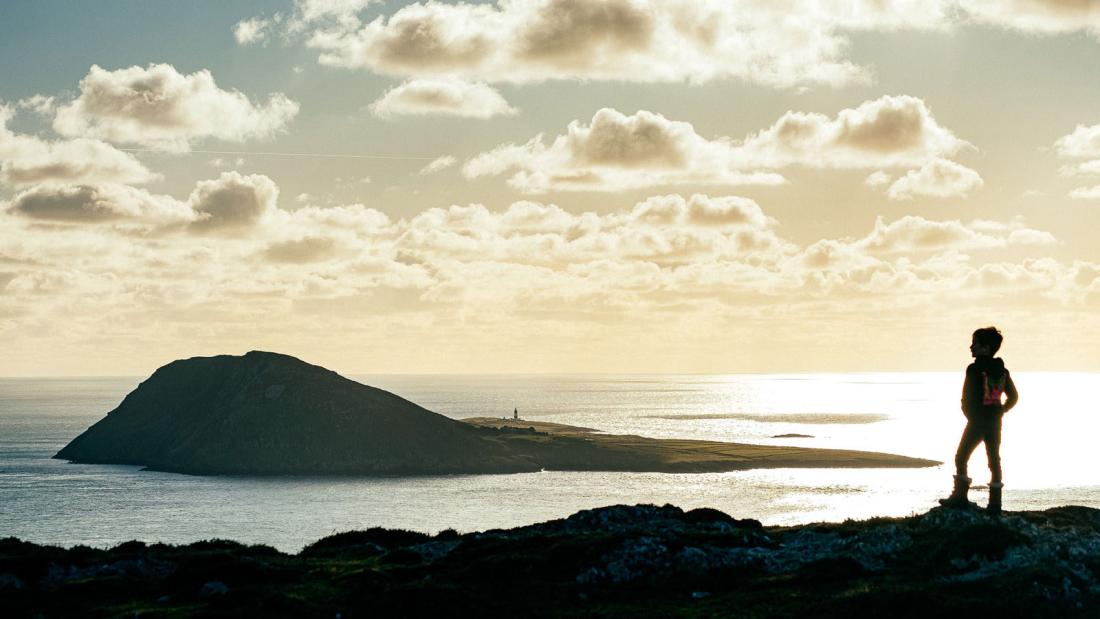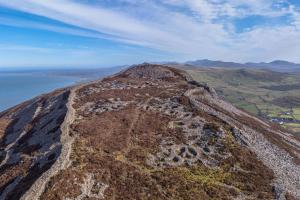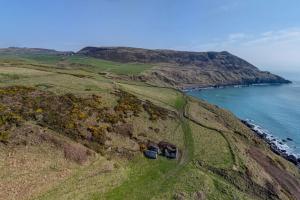Bangor University’s Sustainability Lab worked with the Welsh partners to co-develop the #Ecoamgueddfa, the first ecomuseum in Wales and, to our knowledge, the first digitally-driven ecomuseum in the world. The team is now based in the School of History, Law and Social Sciences, and they are working closely with the School’s archaeologists in order to deliver a range of community-engagement events and archaeological digital resources. The latter includes 360-degree virtual tours which showcase the spectacular archaeological heritage that Pen Llŷn has to offer.
Imagery and virtual tours created by Bernd Kronmueller, Panoramas and Virtual Tours
Imagery and virtual tours created by Bernd Kronmueller, Panoramas and Virtual Tours
LIVE / Ecoamgueddfa Partners




